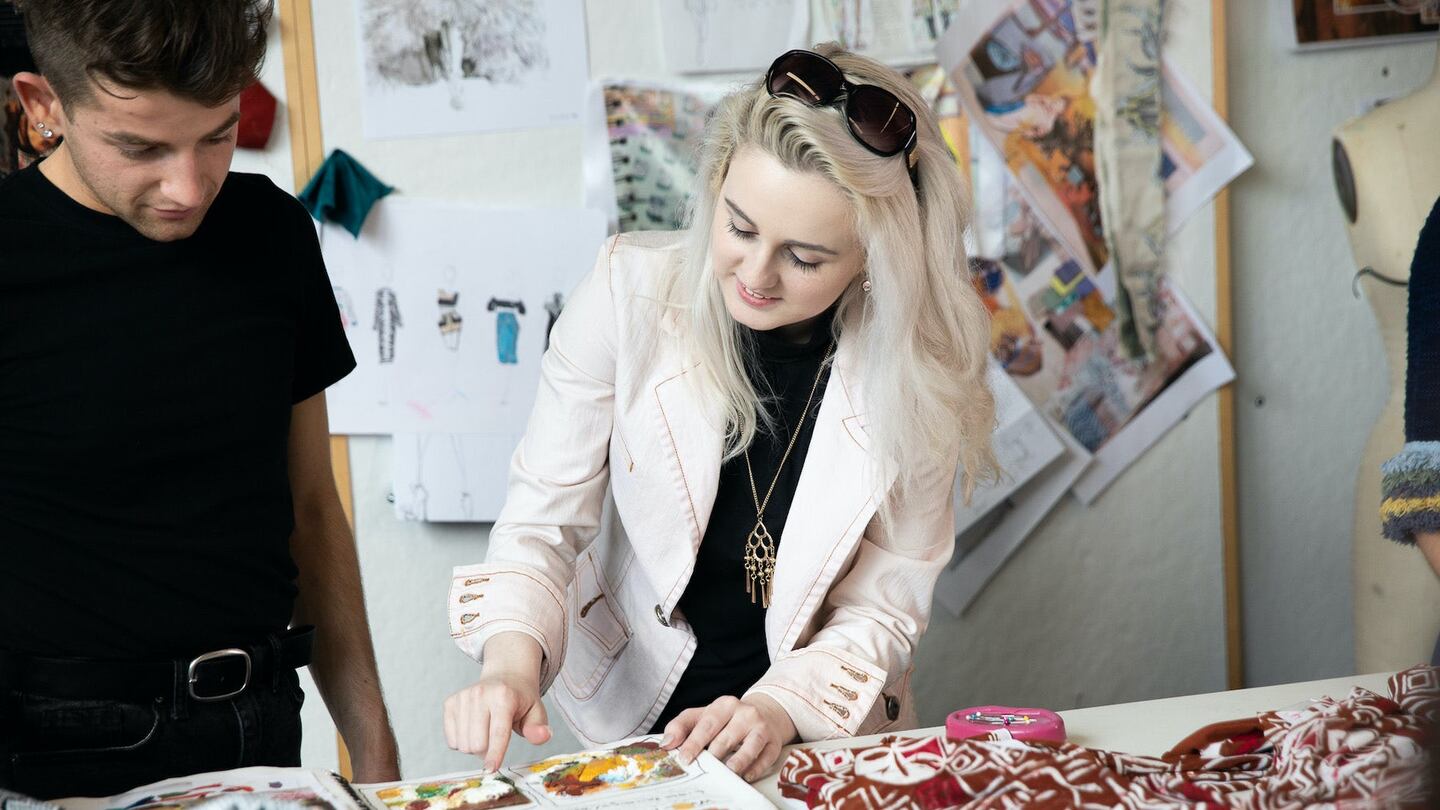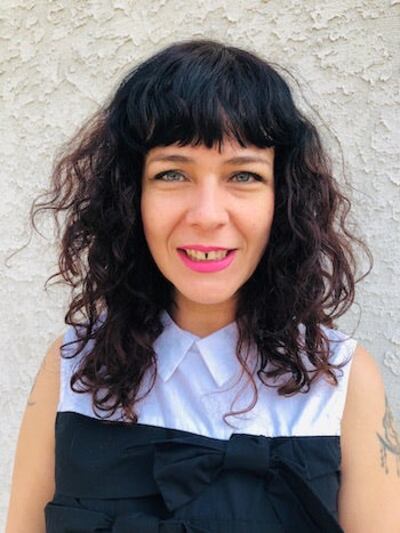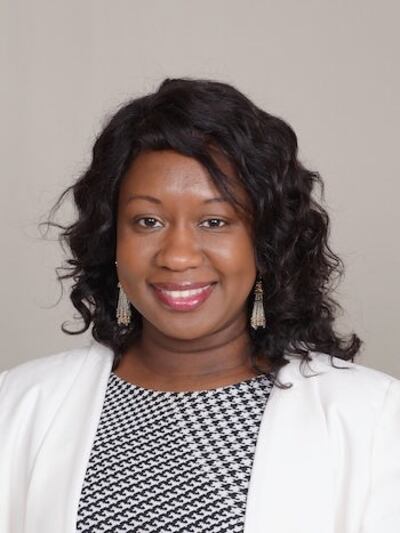
The Business of Fashion
Agenda-setting intelligence, analysis and advice for the global fashion community.

Agenda-setting intelligence, analysis and advice for the global fashion community.

PHILADELPHIA, United States — Originally founded in 1884 to advance education and technical opportunities in textiles, the newly merged Thomas Jefferson University has a long history of teaching cutting-edge techniques and nurturing innovative designers. The curriculum offered at Thomas Jefferson University is designed to encompass emerging areas of education, while rooting teaching in industry practices in a bid to future-proof student employability giving them the best possible entry to the jobs market.
BoF sits down with three of the teachers from across the university’s fashion and textile departments to discuss how exacting research methods, best-in-class technology and top-level industry experience all play a crucial role in empowering students with the skills they need to succeed in a competitive fashion market.
Marcia Weiss, Director, Textile Design
Weiss has more than 20 years of industry experience, leading the school’s continuing collaboration with NASA and other major players in innovative textile development.
How would you describe the DNA of your school?

Marcia Weiss, Director, Textile Design | Source: Courtesy
The Philadelphia Textile School was founded in the late 19th century to advance education and technical opportunities in textiles as a result of a centennial exhibition that took place in 1876. There was a realisation that the US needed these skills, and a direct demand from our industry. Today, Thomas Jefferson University has advanced upon this need by providing individualised, personalised attention to students. Because of the nature of our programmes, we're very hands-on. We promote experiential collaboration and all of our programmes, indeed those of the entire school, exist in that intersection of hand, artistic, aesthetic and technical brilliance.
Which industry partners do you work with?
Because of our expertise in textiles, we are regularly approached to develop products for industry. When we were approached by NASA, they wanted to do something specific with a fibre they had developed and tasked us to create a woven textile that they would embed with resin to form a composite, to use as part of an engine. For our students, this meant experimenting with techniques to create hand-woven samples, which NASA ran through their own labs. Once they were satisfied, we could either scale it up using the equipment we have on campus or work with one of our industry partners.
We use some of the most advanced technology that there is in the fashion and textile businesses. We partner with companies that make this technology, and in many cases, we don’t actually purchase the equipment. Instead, these companies place new and experimental models with us so we can test them with our students. As a result, our students not only have access to some amazing technology, but when these companies are looking for candidates to work in other fashion companies that are using that technology, they know exactly where to come.
What advantages stem from Jefferson's trans-disciplinary approach?
We’re thinking about fashion in the broadest sense of the word, so we work very closely with other departments. For example, our textile design students work with the architecture department to create things like flexible building skins. With every project, we assess the scope of work and determine the best combination of disciplines to successfully approach the project. Each department brings their own processes, language and approach, and this combination can lead to much more innovative solutions.
We are now increasingly collaborating with the health sciences side of Jefferson, like looking at smart textiles and how these can be used in in terms of body monitoring. In some ways, this takes us back to our roots as there was a lot of innovation in biomedical textiles on this campus as early as the 1960s, and it’s great for us as part of our merger with Thomas Jefferson University in 2017 to ramp up our activity in biomedical textiles in a really interesting way.

Katie Casano, Assistant Professor, Fashion Design | Source: Courtesy
Katie Casano, Assistant Professor, Fashion Design
A member of the faculty since 2014, Casano focuses on training students to decipher macro industry trends preparing them for a rapidly changing industry.
How would you describe the DNA of your school?
The DNA of our school is very focused on developing the skills students need for multifaceted creative thinking. That means looking outside one’s discipline and thinking about how different decisions and factors affect different elements, and not just using a fashion lens on solving creative problems.
One of the other key differences is that we’re very industry-focused. At Thomas Jefferson University, we’re really working to have students understand what’s going on in the industry as a whole. We are preparing our students to enter the workforce feeling confident that they’re really able to contribute and become leaders in the industry.
Which skills do you focus on?
You have to properly inform yourself about the factors behind a trend, particularly macro trends in the market. Understanding the driving forces in the market, as well as what’s happening in the wider world and why someone is attracted to one thing rather than another, is a crucial foundation of being a fashion creative. It’s also about ensuring that students become the experts on whatever they’re developing — they should know more about their concept than I do.
When you’re a designer, it’s like you’re a cultural scientist. You need to be a sponge for knowledge and a little bit of an anthropologist, digging deep into movements in arts and culture. We build the idea of good research into the process, as well as teaching how to translate this research into an effective concept. Today’s generation [of students] can have a very one-dimensional approach to research, as they often start with a Google image search rather than books. We teach that the computer is just another tool in your toolbox, and it’s important to switch between it and analogue tools in order to do great creative things. We’re equipping them with the skills they need to learn so they can dig deeper.
How do you train students for the commercial side of fashion?
We’ve always included elements of how the apparel industry works in our curriculum, but we are constantly striving to update our programmes to include whatever is happening in the market today. For us as teachers, this means regularly connecting with our alumni in the industry and checking in on everything from the kind of skills they need to the computer programmes they’re using.
What we’ve been thinking about most in the past few years is how consumers now have more power than ever because they’re engaging directly with brands, but how can we harness this? For students, we’re teaching to embrace change and be creative about what it could mean for you so they can constantly evolve themselves. Once you understand this new hybrid thinking, you can really start to identify the opportunities in the market.

Nioka Wyatt, Director, Fashion Merchandising Management | Source: Courtesy
Nioka Wyatt, Director, Fashion Merchandising Management
Wyatt oversees the fashion merchandising and management programme at Thomas Jefferson University, and focuses on developing projects that allow students to gain hands-on industry experience.
How would you describe the DNA of your school?
We foster a project-driven environment that welcomes industry partners with our forward-thinking approach to learning. Our network of industry professionals sets us apart, allowing students to gain experiences in the industry that often result in internships and full-time positions once they graduate.
The culture of Jefferson is driven by our alumni, which highlights to our students the importance of building networks and how crucial these can be in order for you to be able to thrive. I always tell my students that a great deal of the positions I’ve had throughout the industry and the relationships I’ve formed were through those professional organisations that I joined.
Which skills do you focus on?
We try to focus on the importance of the basics. Showing your appreciation, no matter how big or small. Your need to look people in the eye when you’re speaking to them. We want to make sure that our students are presenting themselves in a professional manner at all times. We send students internationally to Rome and London, in particular, and this equally applies in a global environment.
Conversations about diversity are more important now than ever. For me as a woman of colour, we don’t have a lot of women of colour in academia. So it’s something of a personal mission. Most of the students in our programmes are female too, so it’s important for me to teach them to have a voice and for them to be able to have a seat at the table in the future.
How do you train students for the commercial side of fashion?
We try as much as possible to use hands-on industry experience. One of the key ways that we've imparted this knowledge in the past few years has been with our partnership with PVH for the Careers Shop project. PVH has been a longstanding partner of the university, but this project evolved out of a holiday pop-up shop concept that we placed on campus, where our students produced the entire store — from developing the product to installing the space — themselves. In September, we created a new version of this called the Careers Shop, where students from across the entire university were able to get their CVs reviewed, professional headshots taken and shop for interview attire.
Students created everything, right down to the marketing strategy, and we far exceeded the goals for both sales and the number of candidates we were able to help. It’s an amazing project, teaching both how retail runs as an end-to-end concept, but also using it in a positive way, bringing in all the concerns about the fashion industry that we teach to the forefront of the classroom.
This is a sponsored feature paid for by Thomas Jefferson University as part of a BoF Education partnership. To learn more about Jefferson, please click here.
From analysis of the global fashion and beauty industries to career and personal advice, BoF’s founder and CEO, Imran Amed, will be answering your questions on Sunday, February 18, 2024 during London Fashion Week.
The State of Fashion 2024 breaks down the 10 themes that will define the industry in the year ahead.
Imran Amed reviews the most important fashion stories of the year and shares his predictions on what this means for the industry in 2024.
After three days of inspiring talks, guests closed out BoF’s gathering for big thinkers with a black tie gala followed by an intimate performance from Rita Ora — guest starring Billy Porter.